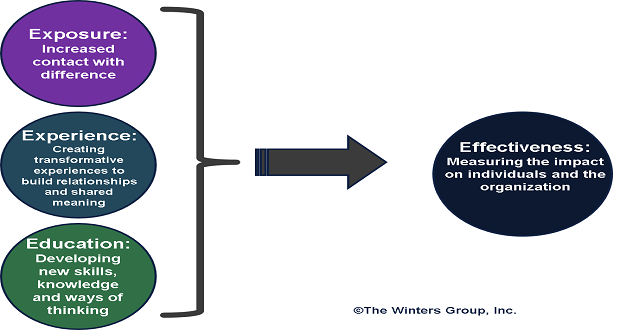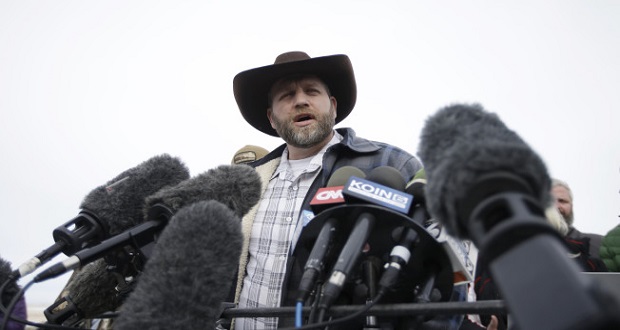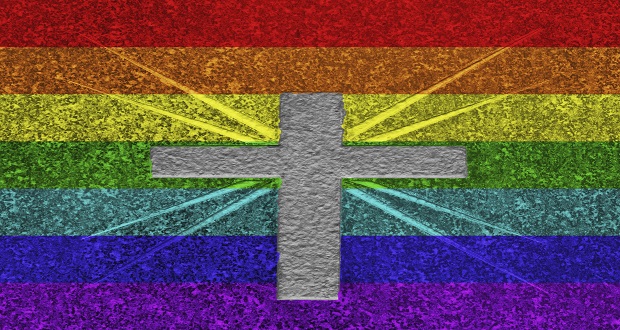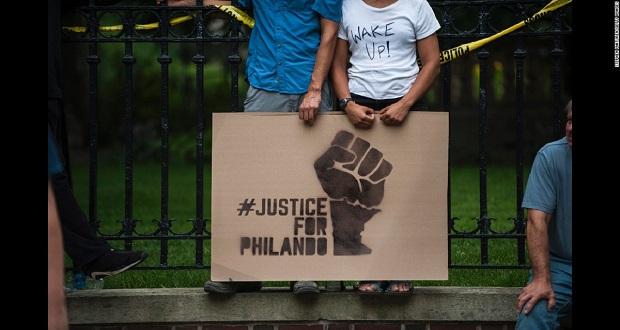
In Part 3 I posited that Inclusion Starts with I and ends with Us. I talked about the journey from unconscious incompetence to unconscious competence. This week I will share my 4E model, which offers an easy way to think about the journey towards inclusion. My premise is that in order to be inclusive, one must be interculturally competent. We may have good intentions, but without the knowledge and skills to navigate across difference, our intentions cannot turn into inclusive behaviors and we will remain incompetent.
First one must have exposure to difference. If we live in isolation or only interact with our own cultural group, it is not likely that we will grow in cultural competence. We sometimes ask participants to complete an exercise called Who’s in My World (from 50 Activities for Managing Cultural Diversity, by Terri Dickerson-Jones, Amherst, Massachusetts: Human Resources Development Press, Inc., 1993.) You identify your own cultural group (e.g. Asian American woman) and then identify the groups you associate with in different settings. A partial sample of the matrix is shown below. The point of the exercise is to bring to light how much exposure you actually have in the normal course of your life with people who are different from you.
| I Am | Of African Descent | From South or Central American or other Latin Countries |
Asian (Including Indian Sub-continent) |
LGBT | European Descent |
Baby Boomer Gen X Gen Y (millennial) |
Other |
| In My Environment | |||||||
| My co-workers are | |||||||
| My co-workers at previous jobs were | |||||||
| My elementary school was predominantly | |||||||
| My high school was predominantly | |||||||
| My teachers were mostly | |||||||
| My close friends are | |||||||
| People who live in my home are | |||||||
| People who regularly visit my home are | |||||||
| People whose home I regularly visit are |
If your check marks are concentrated in one column, it could mean that you have little exposure to difference.
Exposure, however is just the first step in the journey. The second is experience. Just because you have exposure to difference does not necessarily mean that you have experiences that help you to learn about other cultures. The exposure might be superficial or you may intentionally not discuss your differences. Experiencing other cultures is about building meaningful relationships that are open, trusting and allow you each to explore your differences in respectful ways. Too often we fear talking about differences because we do not want to offend the other person or we do not want to appear ignorant (incompetent) about their culture. Inclusion will not happen if we do not break down the barriers that limit our experiences with other cultures.
The third E in the model is education. Structured learning opportunities are necessary to provide opportunities to develop intercultural competence. While experience may be the best teacher, it can also lead us to stereotypical or narrow understandings of other cultures. Your rich experience with two friends from another culture may not provide a broad enough perspective. Education can come in many forms such as in-classroom training, visits to museums, reading, traveling, etc.
The combination of exposure, experience and education leads to effectiveness or the ability to successfully navigate cultural difference which is what inclusion is all about!


















